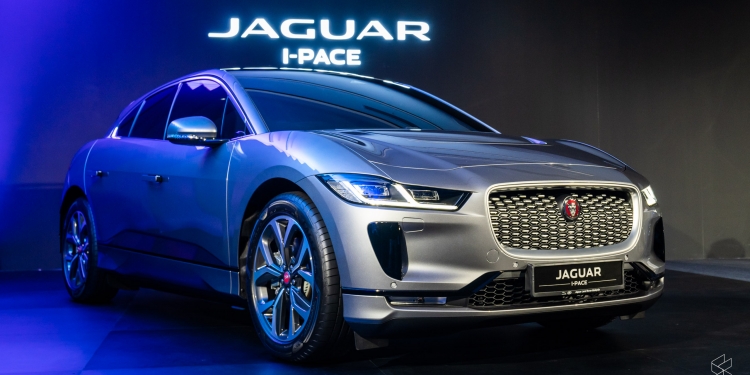[ UPDATE 14/06/2023 2:00pm ] Jaguar Land Rover Malaysia has confirmed that the Jaguar I-Pace does indeed come with adaptive cruise control and lane centring assist, but only on the top-spec HSE variant.
===
It’s Jaguar’s turn to enter the Malaysian electric vehicle market with the I-Pace. The first zero-emissions model from the British brand, it arrives as a more premium offering, priced slightly higher than some of the German competition but offering more performance and range.
Jaguar I-Pace Malaysia pricing and availability
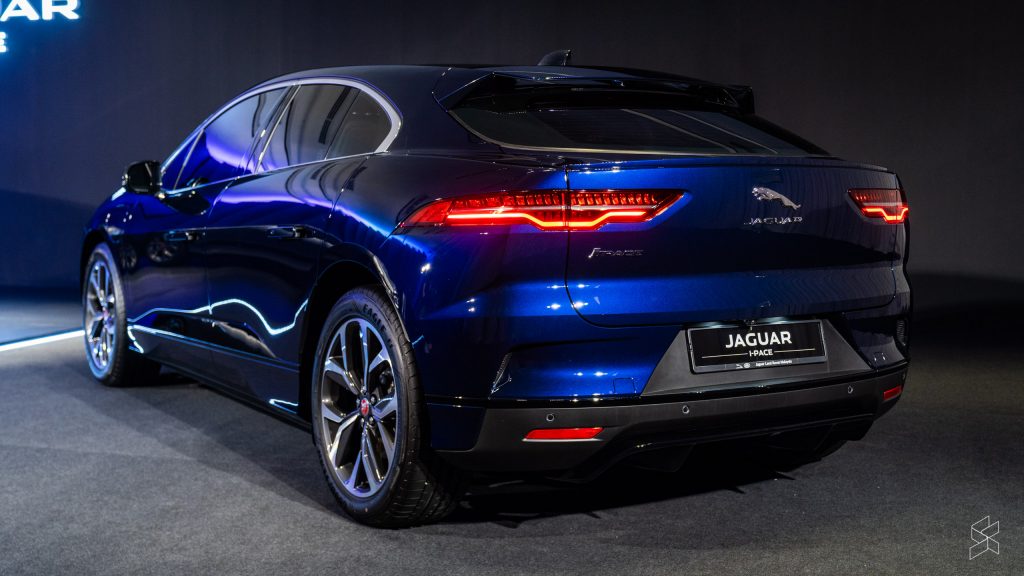
In Malaysia, the I-Pace is offered in two variants, the Black LE and HSE, differing only in some spec changes. As with all I-Pace models globally, the powertrain is identical between the two. On-the-road pricing (without insurance) are as follows:
- Jaguar I-Pace EV400 Black LE – RM460,800
- Jaguar I-Pace EV400 HSE – RM498,800
Jaguar offers a five-year/150,000km warranty, five years of free servicing and an eight-year/160,000km battery warranty. Customers who order their cars from now until May 28 will receive RM1,000 in credit for Go To-U’s charging service.
Jaguar I-Pace power, range and charging
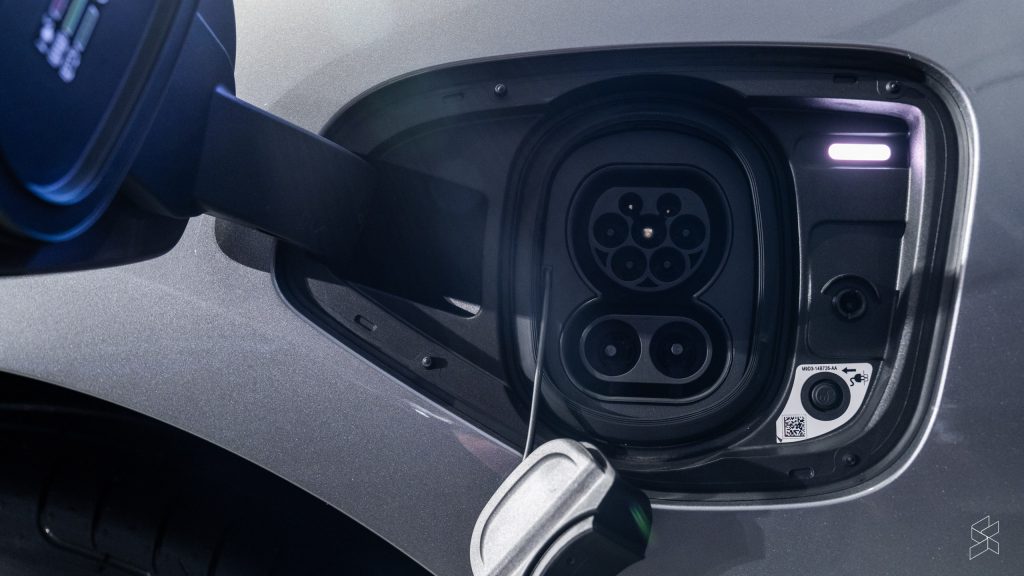
As befits a car of this price, the I-Pace comes as standard with all-wheel drive, provided by dual electric motors that produce a total of 394hp and 696Nm of torque. Despite a weight of 2.2 tonnes—partly helped by the aluminium construction—it nevertheless manages to sprint from zero to 100km/h in 4.8 seconds on its way to a top speed of 200km/h. Juicing the motors is a 90kWh battery that provides an impressive range of up to 470km on the WLTP cycle.
The I-Pace isn’t actually a new car—it was introduced way back in 2018, and one area where it shows its age is in charging performance. It only supports up to 100kW of DC fast charging power, which means topping up the battery from zero to 80% takes 45 minutes. The car can also accept up to 11kW from a AC wallbox charger, fully charging the battery in 8.6 hours.
Under the skin, the Black LE and HSE models are differentiated through the suspension. The former uses coil springs and passive dampers, while the HSE gets air suspension and adaptive dampers, adjustable using the Configurable Dynamics menu in the infotainment touchscreen. A modicum of off-road ability is provided through the stability control’s Low Traction Launch function, as well as All Surface Progress Control that acts as a low-speed cruise control to maximise traction.
Stylish despite its age
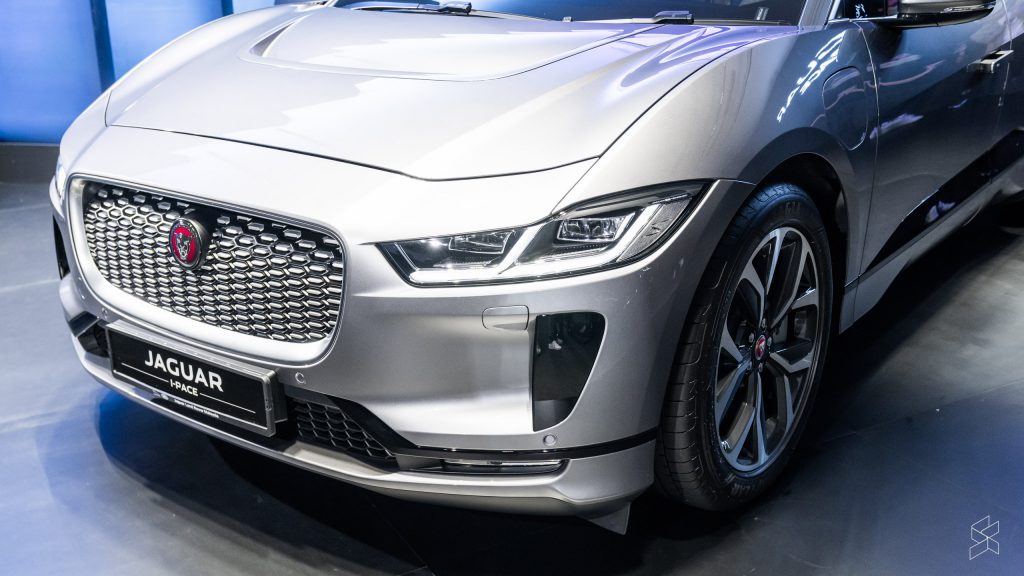
Despite nominally being an SUV, the I-Pace’s rakish looks and low-slung roofline give it the appearance of a long hatchback, with a comparatively low height of 1,566mm. It’s helped by the lengthy 2,990mm wheelbase, although the short overhangs keeps the car fairly compact at 4,682mm long. It’s a wide car, however—over two metres wide at 2,011mm.
Added to that are typical Jaguar design cues such as the shapely LED headlights with J-blade daytime running lights, sequential indicators, a large (closed off) grille, strong haunches, a prominent C-pillar kink and slim LED taillights with the “chicane” graphic. Particular attention has been paid to the aerodynamics, with details such as the scoop that directs air through the bonnet to reduce drag, as well as flush pop-out door handles.
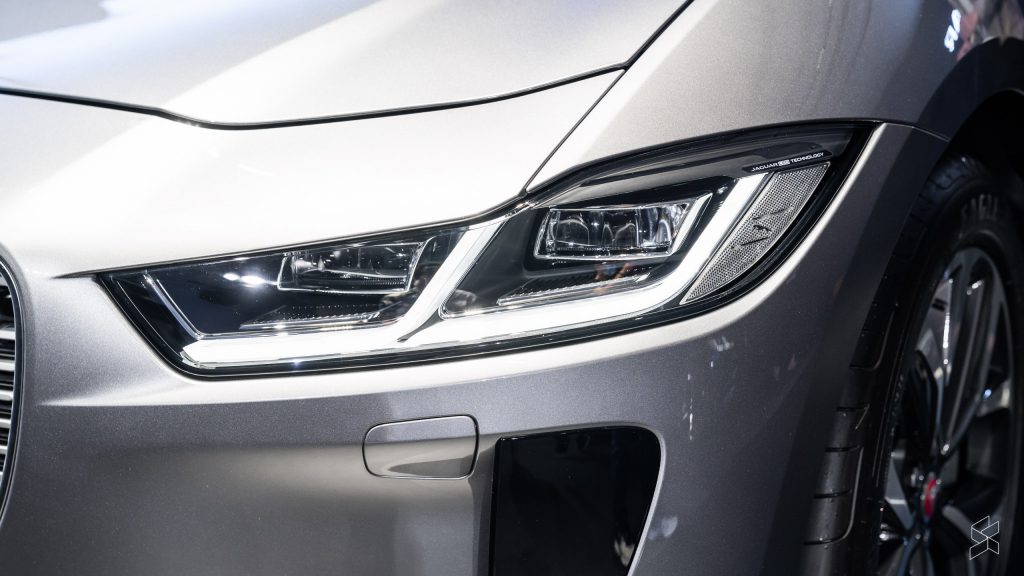
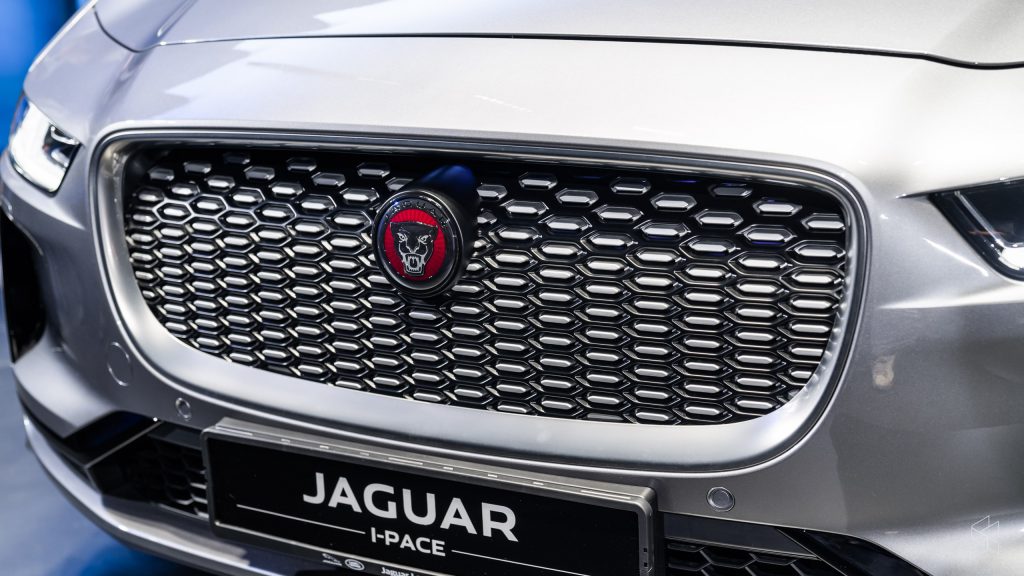
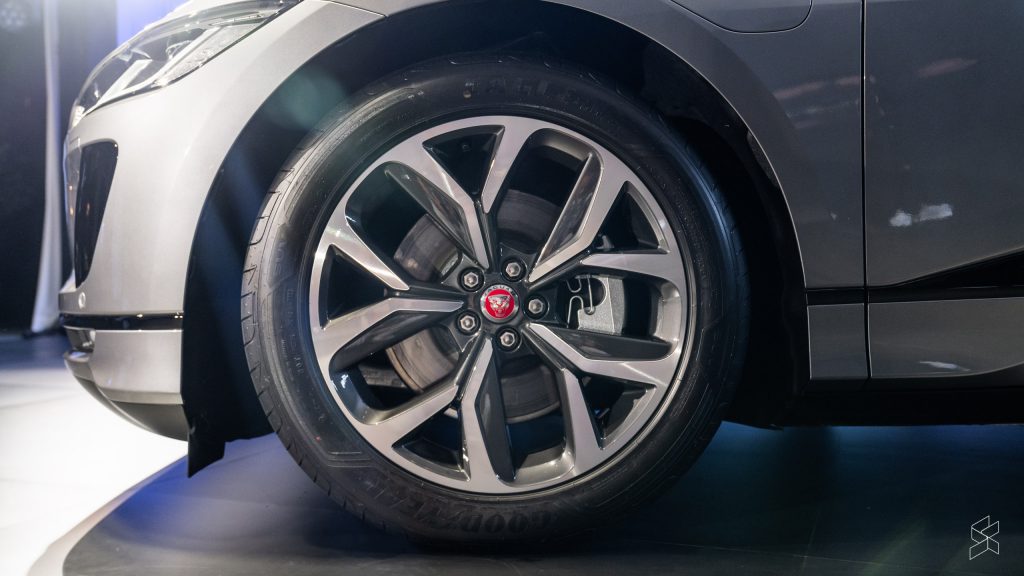
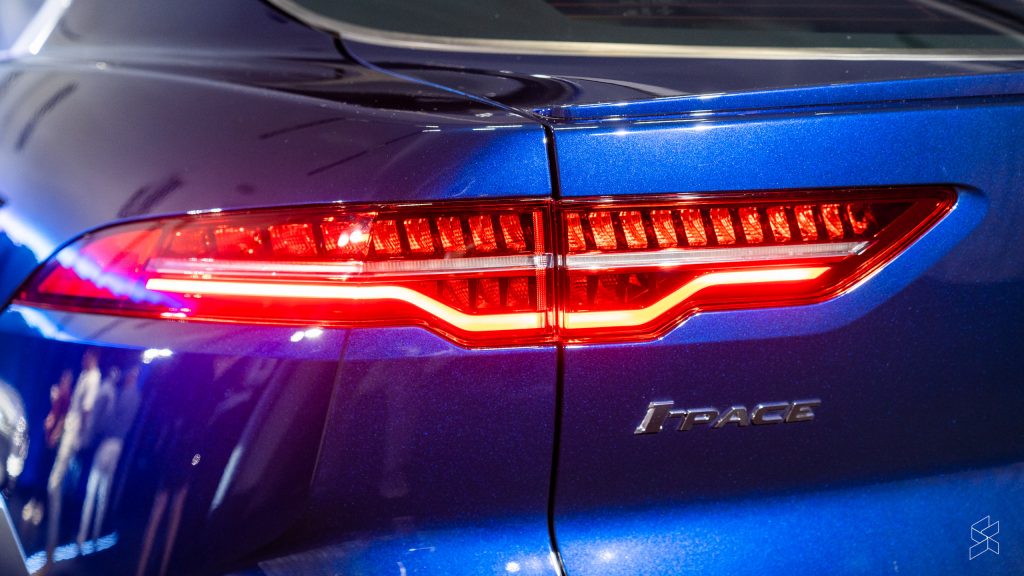
Both the Black LE and HSE come with the same 20-inch Y-spoke alloy wheels, but as its name suggests, the Black LE’s rollers are finished in gloss black, whereas the HSE gets a machined two-tone look.
Conventional cabin with neat touches
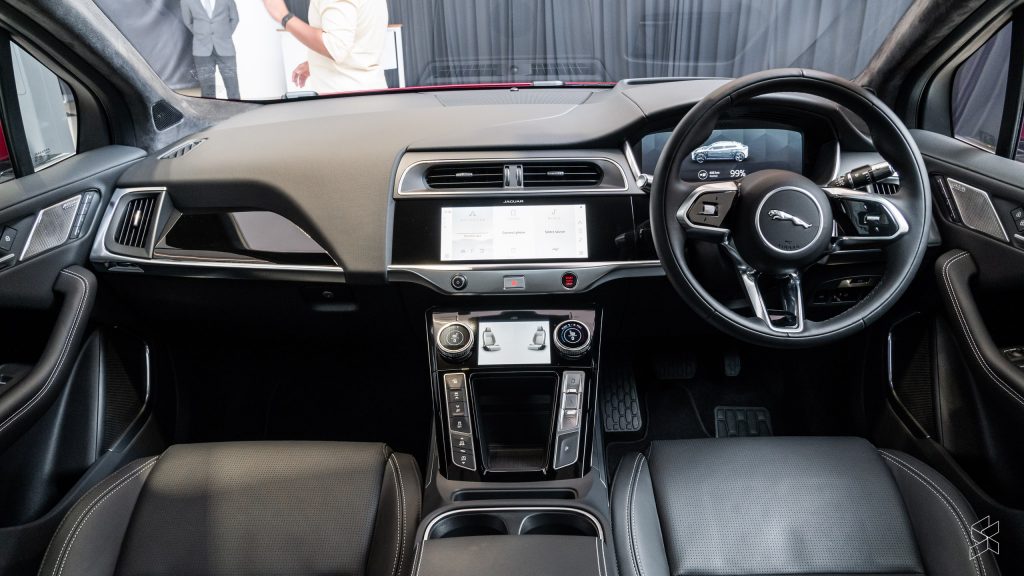
It’s clear that the I-Pace was designed before the fad of putting every function in touchscreens really took hold. There are plenty of physical buttons and rotary knobs—a boon for those who can’t get along with the tech in many new cars. But that’s not to say the Jaguar is devoid of tech.
Far from it, in fact. There are actually two touchscreens in here, with the main display being the relatively small ten-inch panel, linked to Jaguar’s Pivi Pro infotainment system that also incorporates wireless Apple CarPlay and Android Auto. The second is a five-inch screen for controlling the air-conditioning and seat temperature, flanked by two multi-function knobs. These are located atop a “floating” centre console, with a Qi wireless charging pad located underneath.
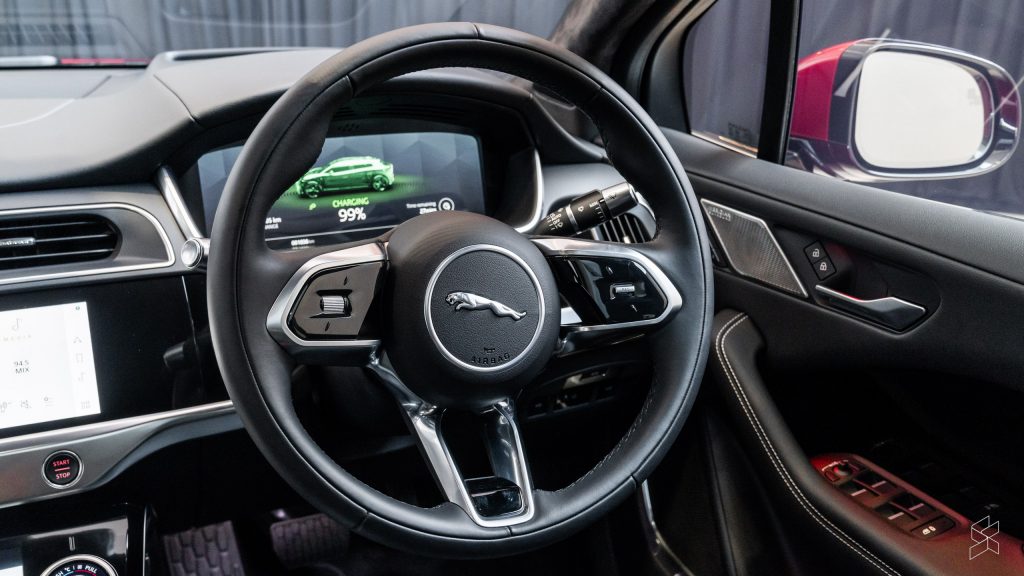
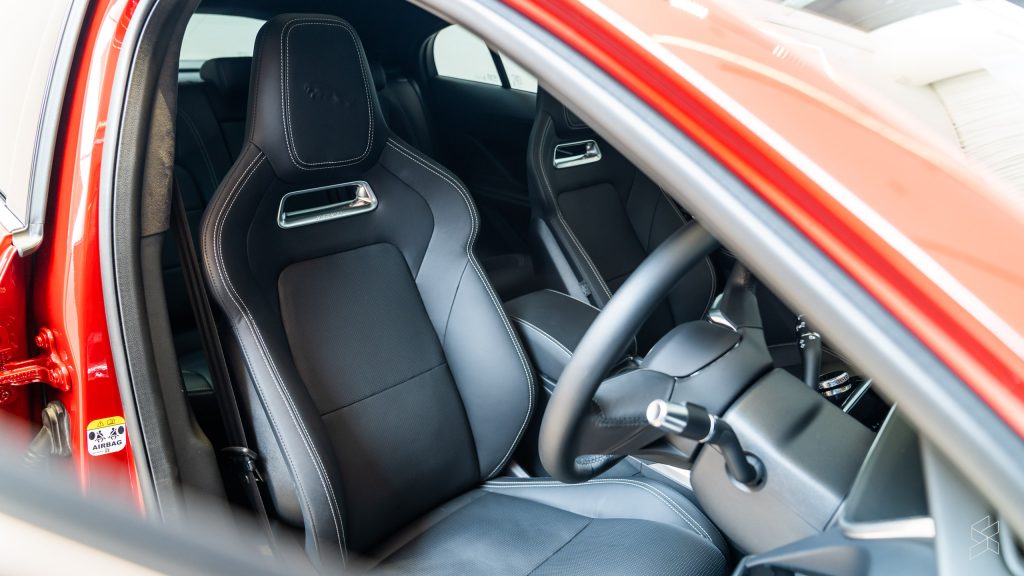

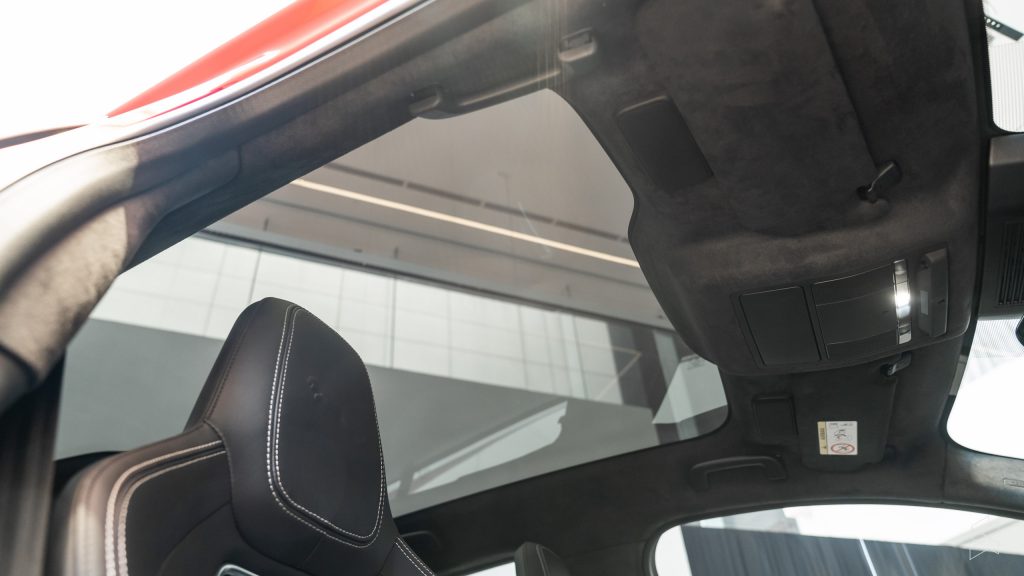
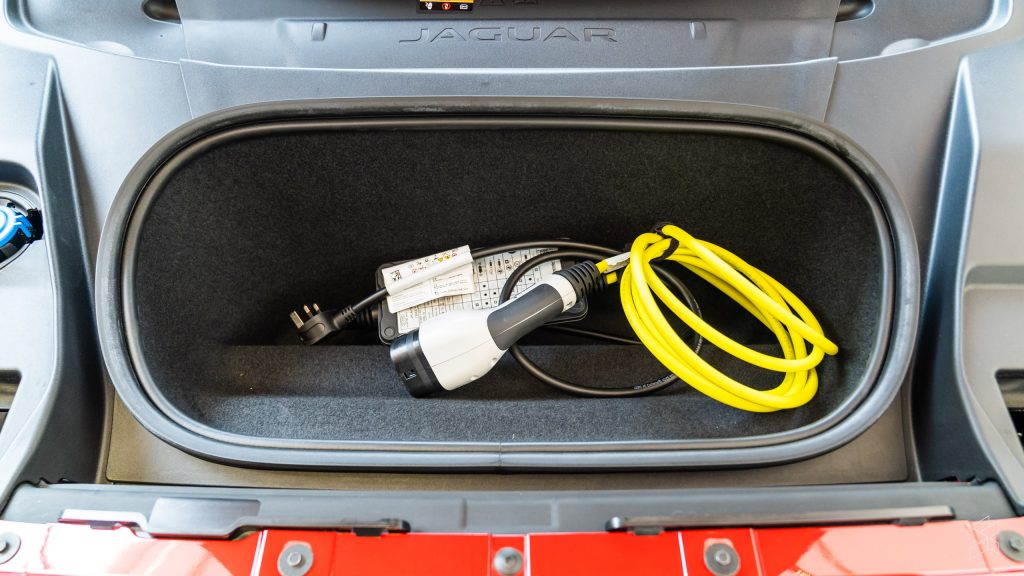
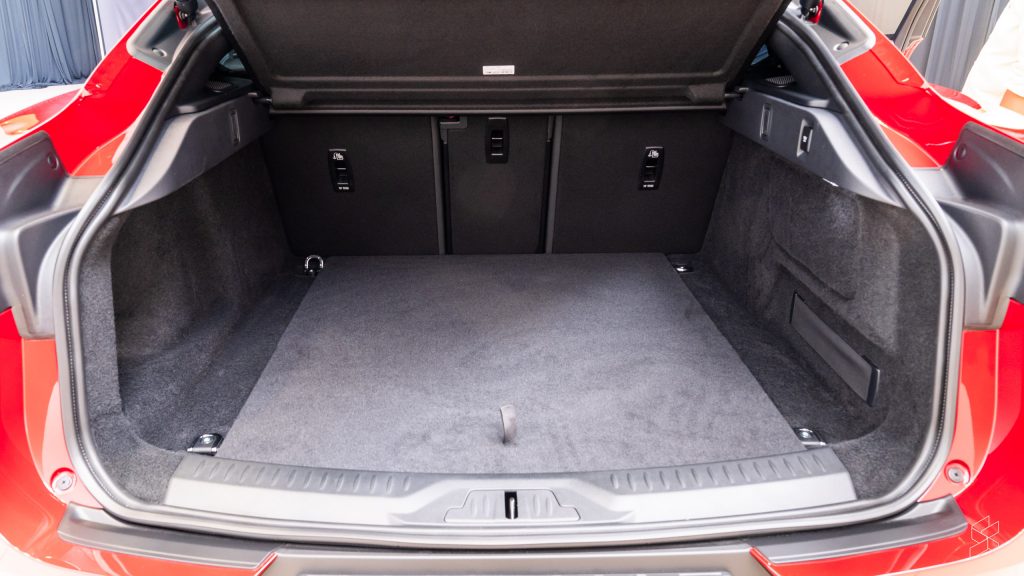
Ahead of the driver sits a 12.3-inch customisable instrument display, while USB-C ports, B-pillar air vents and dual cupholders greet the rear occupants. The boot measures 557 litres and can be expanded to 1,453 litres with the 60:40-split rear seats folded, and there’s also a 27-litre front boot to store things like the included three-pin portable charger.
Standard kit includes keyless entry, push-button start, dual-zone automatic air-con, 12-way power-adjustable seats with memory, leather upholstery, a panoramic glass roof, eight speakers, a reverse camera and a powered tailgate (which sadly isn’t hands-free—that’s a RM2,300 option). The HSE model adds performance seats with fixed headrests and 14-way adjustment, along with seat heating and cooling, Windsor leather trim and a 16-speaker, 750W Meridian 3D sound system.
Level 2 semi-autonomous driving, but you have to pay more
In terms of driver assists, the Jaguar has the basics covered, including autonomous emergency braking and lane keeping assist, along with traffic sign recognition. However, only the top-spec HSE model gets adaptive cruise control and lane centring assist for Level 2 semi-autonomous driving capability. Six airbags and stability control come as standard.

